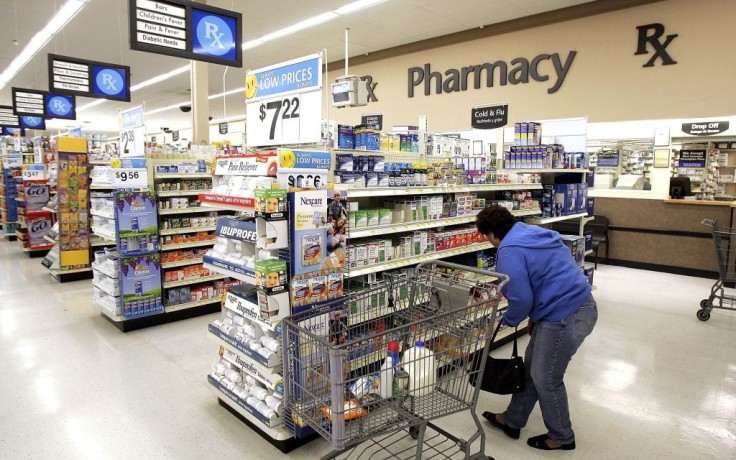
Consumer prices experienced a significant cool-down in June, rising at a rate of 3% compared to the previous year, signaling a notable slowdown in inflation.
The latest data, released by the Bureau of Labor Statistics, exceeded economists' expectations and raised hopes that the prolonged period of heightened inflation might be nearing its end. This cooling trend comes as a relief, as it surpasses the Federal Reserve's target of 2%, potentially indicating a more stable economic outlook.
Consumer Prices Show Promising Slowdown
According to ABC, June's consumer price data reveals a marked cool-down in inflationary pressures, with prices rising at a rate of 3% compared to the previous year. This figure represents a notable decline from the 4% increase observed in May, demonstrating a positive shift in the overall trajectory of inflation.
The data also surpassed the expectations of economists surveyed by Bloomberg, who predicted a lower inflation rate of 3.1% for June. Among the notable contributors to inflationary pressures, food prices continue to accelerate faster than the overall inflation rate.
In June, food prices surged by 5.7% compared to the previous year, reflecting challenges in the agricultural sector and supply chain disruptions.
Notably, the price of flour saw a staggering increase of approximately 12%, far outpacing the overall inflation rate, while bakery products and cookies experienced significant price hikes as well. Meanwhile, the prices of eggs, milk, seafood, and bacon witnessed a decline. Egg prices, which had soared in the wake of a severe avian flu outbreak, fell by nearly 8% in June compared to the previous year.
These fluctuations in food prices demonstrate the complex dynamics at play within the broader inflation landscape.
Core Inflation Remains a Concern
While the overall inflation rate exhibits a welcome decline, the core inflation rate, which excludes volatile food and energy prices, remains a point of concern.
In June, core inflation rose to 4.8%, outpacing the overall inflation rate and underscoring underlying inflationary pressures in certain sectors of the economy.
This suggests that while the broader economy shows signs of stabilization, targeted measures may be required to address specific areas experiencing inflationary spikes.
Furthermore, according to NBC News, the unemployment rate in the United States experienced a significant decline, dropping from its peak of 5.9% in June 2021 until the end of that year.
Since then, it has maintained an average of approximately 3.5%, reaching 3.6% in the previous month. However, the Federal Reserve holds the belief that the unemployment rate will increase to 4.5% by 2024.
The resilience of the labor market can be attributed to the concerted efforts of the U.S. government and the Federal Reserve to provide substantial support to the economy during the challenging period of the Covid-19 pandemic.
These extraordinary measures have generated sustained momentum, contributing to the ongoing stability in the labor market, as stated by Trezzi.
The Federal Reserve's Response and Outlook
The Federal Reserve, which closely monitors inflation trends, had previously expressed concerns about the sustained period of heightened inflation.
In response, the central bank initiated a series of interest rate hikes to curb inflationary pressures. However, recent data indicating a notable cool-down in inflation might influence the Fed's decision-making process.
According to The Seattle Times, despite the encouraging June report, the central bank remains committed to its goal of maintaining price stability.
Federal Reserve Chair Jerome Powell had previously announced a pause in interest rate hikes but indicated the potential need for at least one additional rate hike later this year.
The upcoming meeting will be crucial as policymakers assess the current economic landscape and make decisions to balance inflation concerns with continued economic growth.